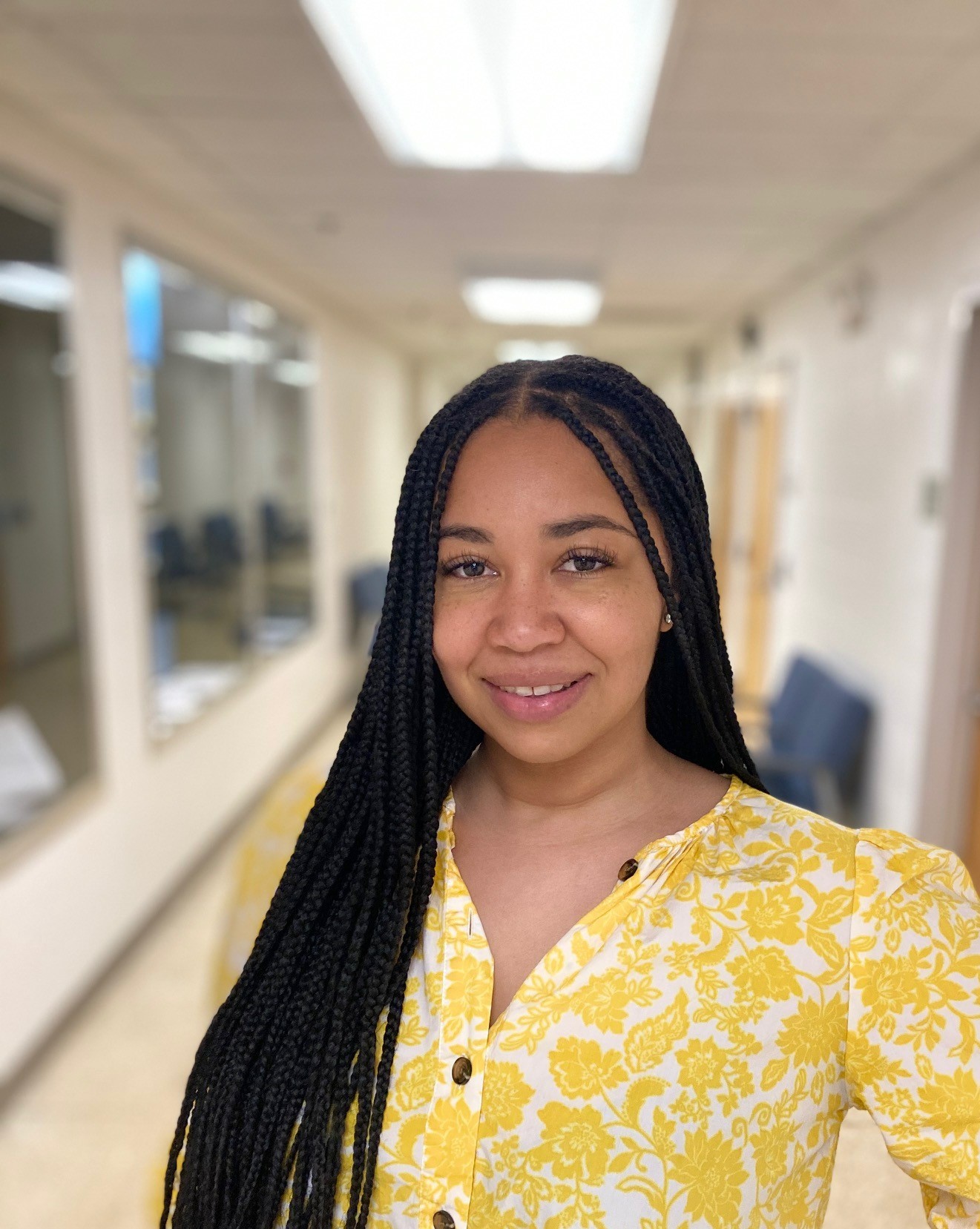Autism Spectrum and Developmental Disorders
Lessons learned from Black caregivers about policing Black autistic youth: Emphasis on space and context
(PS4-51) Lessons Learned from Black Caregivers About Policing Black Autistic Youth: Emphasis on Space and Context

Ashlee Yates Flanagan, Ph.D.
Postdoctoral Fellow
Children's Hospital of Philadelphia
Philadelphia, Pennsylvania, United States- MC
Meredith Cola, M.A.
Graduate Student
La Salle University
Philadelphia, Pennsylvania, United States - NY
Naomi Yu, None
RA
Children's Hospital of Philadelphia
Jericho, New York, United States 
Keeana A. Dicette, None
Student Linguistics Research Assistant
The Children’s Hospital of Philadelphia
Philadelphia, Pennsylvania, United States- HP
Haley Peele, Ph.D.
Postdoctoral Fellow
UCSF
San Fransisco, California, United States - GH
Grace Y. Hicks, None
RA
Children's Hospital of Philadelphia
Philadelphia, Pennsylvania, United States - MP
Maggie Rose Pellela, B.S.
student
Children’s Hospital of Philadelphia
Binghamton, New York, United States - AK
Ayana King Pointer, None
Research Resource Coordinator
Children’s Hospital of Philadelphia
Philadelphi, Pennsylvania, United States 
Jamiel D. Owens, None
Family Relations Coordinator
The Center for Autism Research CHOP
Philadelphia, Pennsylvania, United States
Dieu M. Truong, Ph.D.
Assistant Professor of Psychology
Sam Houston State University
Huntsville, Texas, United States- AH
Aili A. Hauptmann, B.S.
RA
Children's Hospital of Philadelphia
Philadelphia, Pennsylvania, United States - JP
Juan A. Pacheco, MS, M.S.
Research Assistant
Saint Joseph’s University
Philadelphia, Pennsylvania, United States - AR
Alison Russell, B.A.
RA
Children's Hospital of Philadelphia
Philadelphia, Pennsylvania, United States - RS
Rita Solorzano, M.A.
Director
Applied Digital Therapy
Philadelphia, Pennsylvania, United States - ST
Sinan Turnacioglu, M.D.
Neurodevelopmental Pediatrician
Children’s National Health System
Bethesda, Maryland, United States - VR
Vijay Ravindran, B.A.
CEO
Floreo
Philadelphia, Pennsylvania, United States - JM
Joseph McCleery, Ph.D.
Associate Professor
Saint Joseph’s University
Philadelphia, Pennsylvania, United States - JM
Judith S. Miller, Ph.D.
Associate Professor
Children’s Hospital of Philadelphia
Philadelphia, Pennsylvania, United States - JP
Julia Parish-Morris, Ph.D.
Assistant Professor
Children's Hospital of Philadelphia
Philadelphia, Pennsylvania, United States
Author(s)
Co-Author(s)
Background: One fifth of autistic people will be questioned by police before age 21. Police interactions can be stressful, with significant social demands and occasionally devastating outcomes. CBT-based interventions can reduce fear and improve police interaction skills in autistic people (McCleery et al., 2020) and manage anxiety for caregivers. However, many existing interventions were developed without significant input from racially diverse stakeholders, leaving open the possibility that they may not address the needs of historically marginalized populations. Prior research on autistic youths’ police interactions suggests the context and location of these encounters can influence outcomes (Copenhaver & Tewksbury, 2019). To lay the groundwork for culturally sensitive, personalized, CBT-based interventions that support police interaction skills in autistic youth, we surveyed Black caregivers of autistic youth about their children’s experiences.
Methods: 43 caregivers of Black autistic youth completed an online survey about their children’s police interactions that included forced-choice and open-ended text response questions. Responses were qualitatively coded using phenomenology methodology to identify common themes that emerged through a consensus process.
Results: 77% of caregivers reported significant concerns about their Black autistic children’s police interactions. These concerns included: the quality of police officers’ training (endorsed by 70% of participants), autistic behaviors being inappropriately policed (30%), and explicit threat of harm and murder (36%). To contextualize these fears, we investigated how many youths had explicit interactions with the police, the quality of those interactions, and the environment in which it took place. 47% of children had interacted with the police. Thematic analysis demonstrated that most interactions were categorized as Negative, Neutral, and/or Community Centered and were further characterized by meaningful subthemes (Fig 1, https://cdmcd.co/D88JY4), and most commonly took place in the School Environment, Close to Home, or On the Road (vehicle interaction). Although caregivers noted diverse types of police encounters (e.g., school elopement, being in the car during traffic stop), they expressed concerns about their child’s safety in every context.
Conclusions: These findings highlight the importance of including perspectives from racially diverse autistic individuals and their families when developing interventions to promote autistic individuals’ police safety skills and reduce policing anxiety for Black families. Current interventions do not address the wide range of settings where police encounters occur (McCleery et al., 2020), and do not consider the role of race in police. Given the unique perspectives of caregivers as it pertains to race, autism, and policing in the U.S., it is unclear whether these existing interventions will be successful to the target population. Future CBT-based interventions designed to improve police safety skills in autistic youth, should directly address caregivers’ fears and include targeted modules that promote police safety skills in the context of home, school, and vehicle-based settings.

.png)
